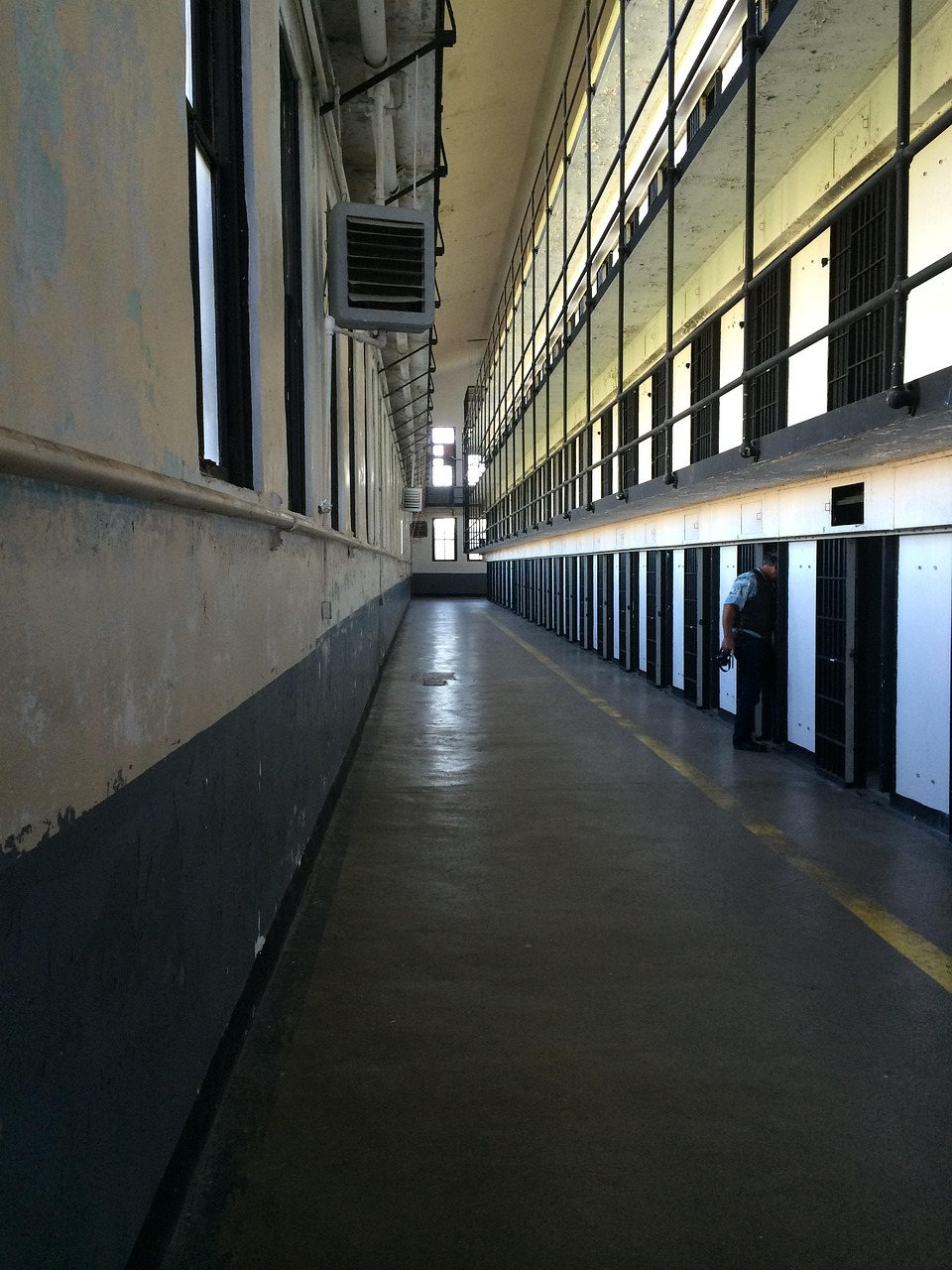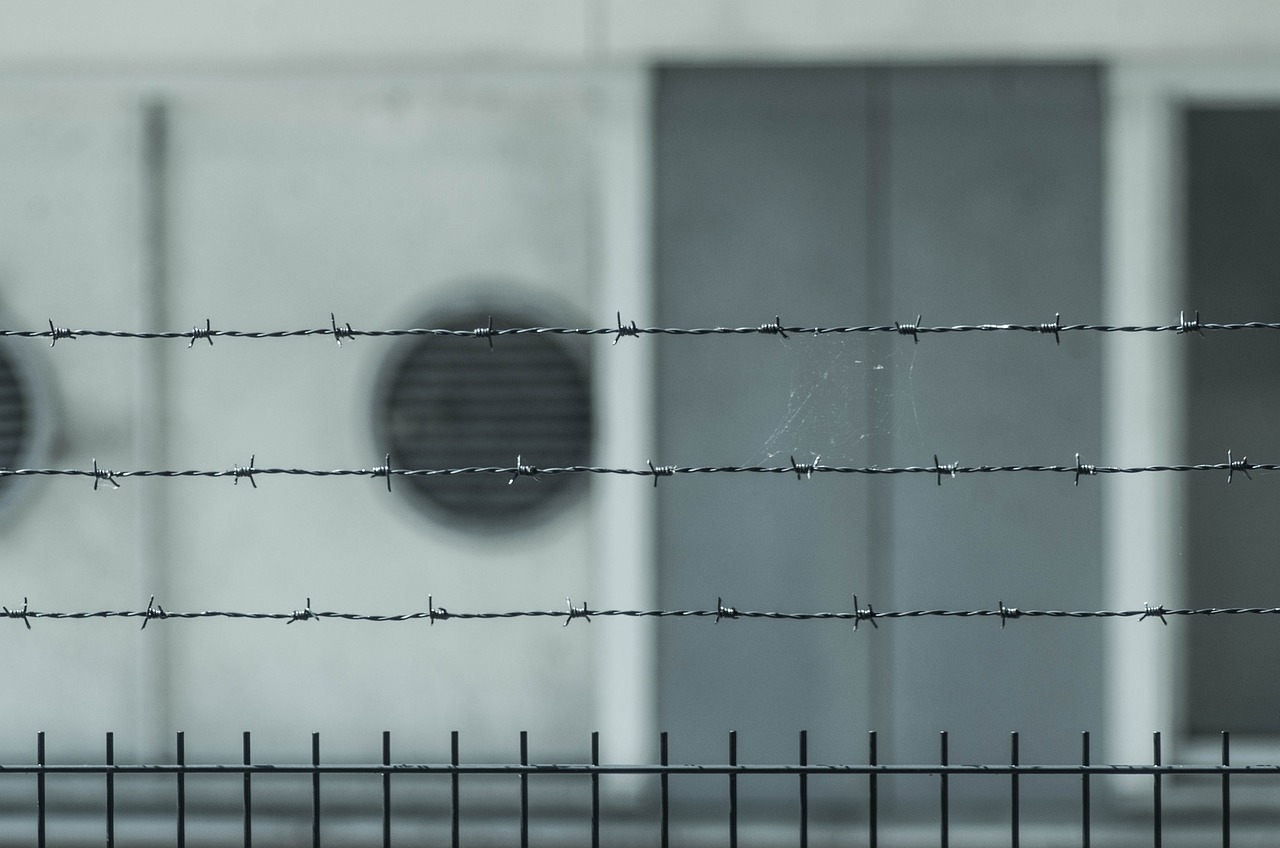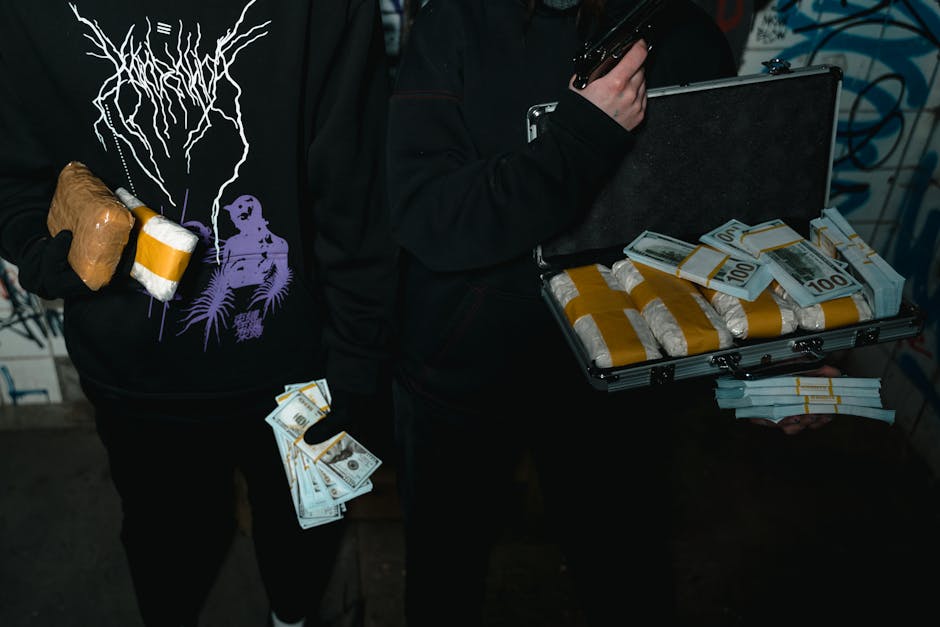- The Most Audacious Cultural Property Thefts in History - April 22, 2025
- P. Diddy and the Culture of Silence in the Entertainment World - April 8, 2025
- Crimes That Made the FBI Rethink Everything - April 5, 2025
Overview of Brazilian Prisons

Brazilian prisons are infamous for their overcrowded and violent environments. According to the National Justice Council, Brazil’s incarceration rate is among the highest in the world, with over 800,000 inmates as of 2023. This staggering number far exceeds the intended capacity of the facilities, resulting in dire living conditions for many inmates. The lack of space leads to prisoners being crammed into cells, with some facilities operating at more than double their intended capacity. This overcrowding exacerbates tensions, often leading to violence and unrest within the prison walls. The sheer number of inmates makes it difficult for prison authorities to maintain order, allowing gangs to seize control.
Gang Influence and Control

Gangs such as the Primeiro Comando da Capital (PCC) and the Comando Vermelho (CV) have a pervasive influence over the daily life in Brazilian prisons. They control everything from drug trafficking to the distribution of food and essentials, creating a parallel system of governance inside the prison. Inmates often find themselves aligning with these gangs for protection and access to resources. This gang dominance establishes a hierarchical structure, where power and survival are intricately linked. The influence of gangs extends beyond prison walls, as they maintain connections with outside networks, further complicating efforts to curb their power.
Daily Life in Prison

Life in a gang-controlled prison is harsh and unforgiving. Inmates face violence, extortion, and the constant threat of harm. Basic hygiene is often neglected, with many prisoners lacking access to clean water and sanitation facilities. The daily routine is marked by long hours of idleness, as educational and rehabilitation programs are limited or nonexistent. Many prisoners are coerced into participating in gang activities to ensure their survival. The lack of meaningful engagement and opportunities for personal growth contributes to a cycle of despair and hopelessness.
Violence and Conflict

Violence is a grim reality in Brazilian prisons, frequently erupting into riots and deadly confrontations. In 2022, a riot in a Manaus prison resulted in the deaths of 60 inmates, underscoring the extreme and dangerous conditions. Conflicts between rival gangs are common, leading to a cycle of retaliation and bloodshed. The constant threat of violence creates an atmosphere of fear and tension, where inmates must always be on guard. Efforts to mediate conflicts are often hampered by the entrenched power of gangs, making it challenging to establish lasting peace.
Corruption and Bribery

Corruption among prison staff is a significant issue, with reports of guards accepting bribes to smuggle in contraband such as drugs and weapons. This corruption undermines any attempts at reform and perpetuates the cycle of violence and crime within the prison system. The presence of contraband contributes to the power of gangs, who use these resources to maintain control. Efforts to combat corruption face significant challenges, as the financial incentives for guards are substantial. The lack of accountability and oversight allows corrupt practices to persist, further entrenching the influence of gangs.
Health and Sanitation Issues

Health conditions in Brazilian prisons are alarming, with many inmates suffering from untreated diseases and limited access to medical care. The lack of sanitation facilities exacerbates the spread of infectious diseases, making prisons breeding grounds for health crises. Overcrowding and poor hygiene contribute to the rapid spread of illnesses, putting both inmates and staff at risk. The inadequate healthcare system within prisons often leaves inmates without necessary treatment, leading to preventable deaths. Addressing health and sanitation issues is crucial for improving the overall conditions in Brazilian prisons.
Family and Social Connections

Maintaining family connections is challenging for inmates, as visitation rights are often restricted and communication with the outside world is limited. Families of inmates frequently struggle with the stigma associated with incarceration, leading to social isolation. The lack of contact with loved ones can have a detrimental impact on an inmate’s mental health and well-being. Efforts to facilitate communication and support for families are often limited by bureaucratic hurdles and security concerns. Strengthening family ties is essential for the rehabilitation and reintegration of inmates upon their release.
Rehabilitation and Reintegration Challenges

Efforts to rehabilitate inmates are minimal, with many prisons lacking educational programs or vocational training. This leaves inmates ill-prepared for reintegration into society upon their release. The absence of support systems and opportunities for personal development often leads to recidivism, with many former inmates returning to crime. The lack of focus on rehabilitation is a significant barrier to reducing crime rates and improving public safety. Investing in education and training programs is crucial for breaking the cycle of incarceration and fostering successful reintegration.
Recent Reforms and Changes

In recent years, there have been calls for prison reform in Brazil, with some initiatives aimed at improving living conditions and reducing overcrowding. However, progress has been slow, and many reforms face significant resistance from entrenched interests within the prison system. Efforts to address the root causes of crime and improve prison conditions are often met with bureaucratic and political challenges. Despite these obstacles, there is a growing recognition of the need for comprehensive reform to create a more just and effective penal system.
The Future of Brazilian Prisons

The future of Brazilian prisons remains uncertain, as gang violence continues to escalate and the need for comprehensive reform becomes increasingly critical. Addressing the root causes of crime, improving prison conditions, and investing in rehabilitation programs are essential steps toward creating a safer and more just penal system. The path to reform is fraught with challenges, but the potential benefits for society are significant. By prioritizing the well-being and rehabilitation of inmates, Brazil can work towards a more equitable and effective approach to criminal justice.




